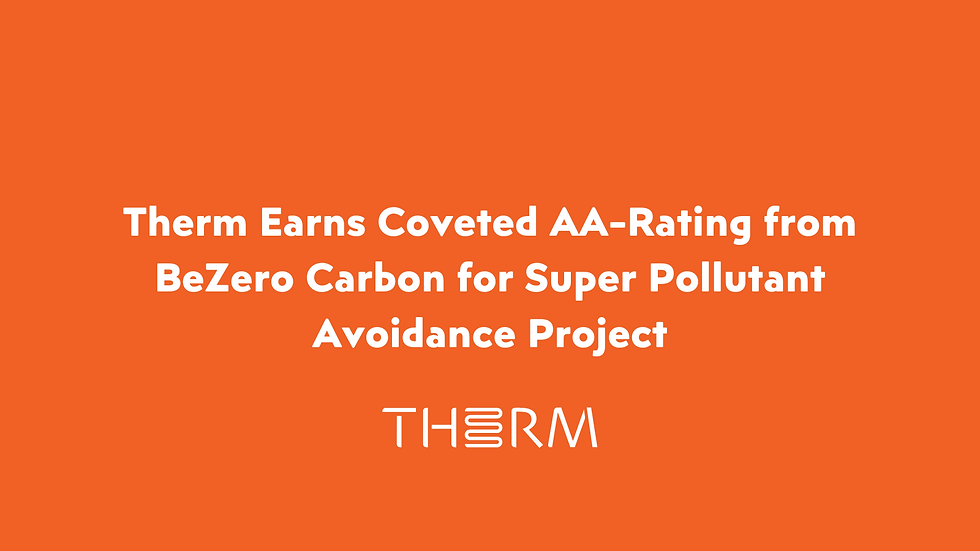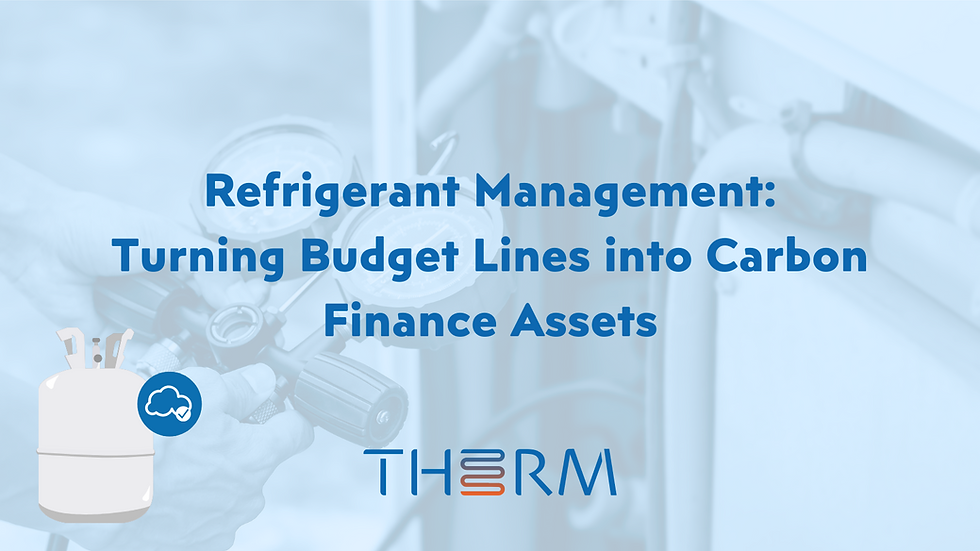From Chilling to Thrilling: How Heat Pumps Are Changing the HVAC Game
- Adam Shorey
- Jun 26, 2023
- 3 min read
Heat pumps are leading the charge in sustainable heating and cooling solutions, revolutionizing how we control temperature while minimizing our carbon footprint. With their impressive energy efficiency and versatility, heat pumps are transforming the future of HVAC systems.
What is a heat pump?
Heat pumps are so-named because of their primary function: transferring heat. Where air conditioners take the heat in a building and exhaust it to the atmosphere, heat pumps take the heat from an outside medium (air- or ground source) and bring it into the building for cooling and heating. Simply put, a heat pump is an air-conditioner operating in reverse.
What are the advantages of heat pumps?
Cooling and Heating in One System
Say goodbye to separate air conditioners and boilers. Heat pumps offer both cooling and heating functions in a single system, simplifying HVAC setups and reducing costs.
Energy Efficiency
By transferring thermal energy instead of generating it, heat pumps achieve higher energy efficiency ratios—resulting in lower energy consumption and reduced utility bills. Depending on where you're located in the US, there could be a 44% reduction in carbon footprint when compared to natural-gas boilers.
No Comfort Sacrifices
Heat pumps don’t require behavioral change. We’re talking about a solution that allows people to still use their washing machines, showers, heating, etc, and maintain a standard of living that they’re used to… and still make a positive climate impact. This is one of many types of projects that use technology advancements to solve the climate crisis instead of relying on unpredictable behavioral change.
Potential for Scale
If just 16% of the market adopted heat pumps, we could avoid a total 9.05 gigatons of emissions by 2050. Project Drawdown details the climate impact of high-efficiency heat pumps, and the results are encouraging. Remember, this solution doesn't require behavioral change. Even as the planet warms, we can stay cool and still hit our emission reduction targets.
Innovating Market
Heat pump technology has already improved with major innovations in the last decade or so. (The actual technology was first introduced in 1856. Wild, right?) Some recent innovations in heat pump technology include:
Variable speed compressors with much better energy efficiency.
Ability to warm buildings down to -10 deg F ambient without using resistance heating (like a toaster oven).
Lower-GWP refrigerants (HFOs, CO2)
Innovative small window heat pump
Heat pump clothes dryers
Heat pump dishwashers
Heat pump use: the current landscape
Heat pumps are used globally in about 10% of HVAC applications. Worldwide, the primary markets are in China and Europe.
Growing acceptance for heat pumps in Europe
Initial figures for Europe show that 3 million heat pumps were installed in 2022, up 38% year-on-year. This builds on a 34% increase in 2021, which was, in turn, much higher than the previous norm of around 10% per year.
Norway leads European heat pump adoption
With 1.4 million total installed heat pumps, Norway has 604 heat pumps installed for every 1,000 households. The next closest is Sweden with 427 per 1,000 and Finland with 408 per 1,000. Norway’s embrace of heat pumps arrived, fueled by government subsidies, high fossil fuel taxes, low electricity rates, and restrictions on oil boilers (which have been banned since 2020).
What's next for heat pumps?
Various regulations and incentives can help increase the adoption of heat pumps, not just in America but worldwide.
Utility Incentives
Utility incentives can improve payback periods for heat pumps, motivating more individuals and businesses to adopt the technology.
Regulations and Bans
City and state governments can introduce regulations around energy use and carbon footprints. For example, New York City has enacted a $268 per Metric Ton penalty on carbon footprints above a certain threshold. Other markets have passed bans on new natural gas appliances.
Carbon Markets
Using the carbon market to incentivize adoption will not only address implementation rates but also increase interest in the space, therefore driving innovation. Therm is developing methodology that would allow projects to install heat pumps at a cost-competitive price.
Our specialty is incentivizing the adoption of climate-friendly technologies through the carbon markets. We’re on a mission to decarbonize the built environment, and we believe in heat pumps as a way to accomplish this.




